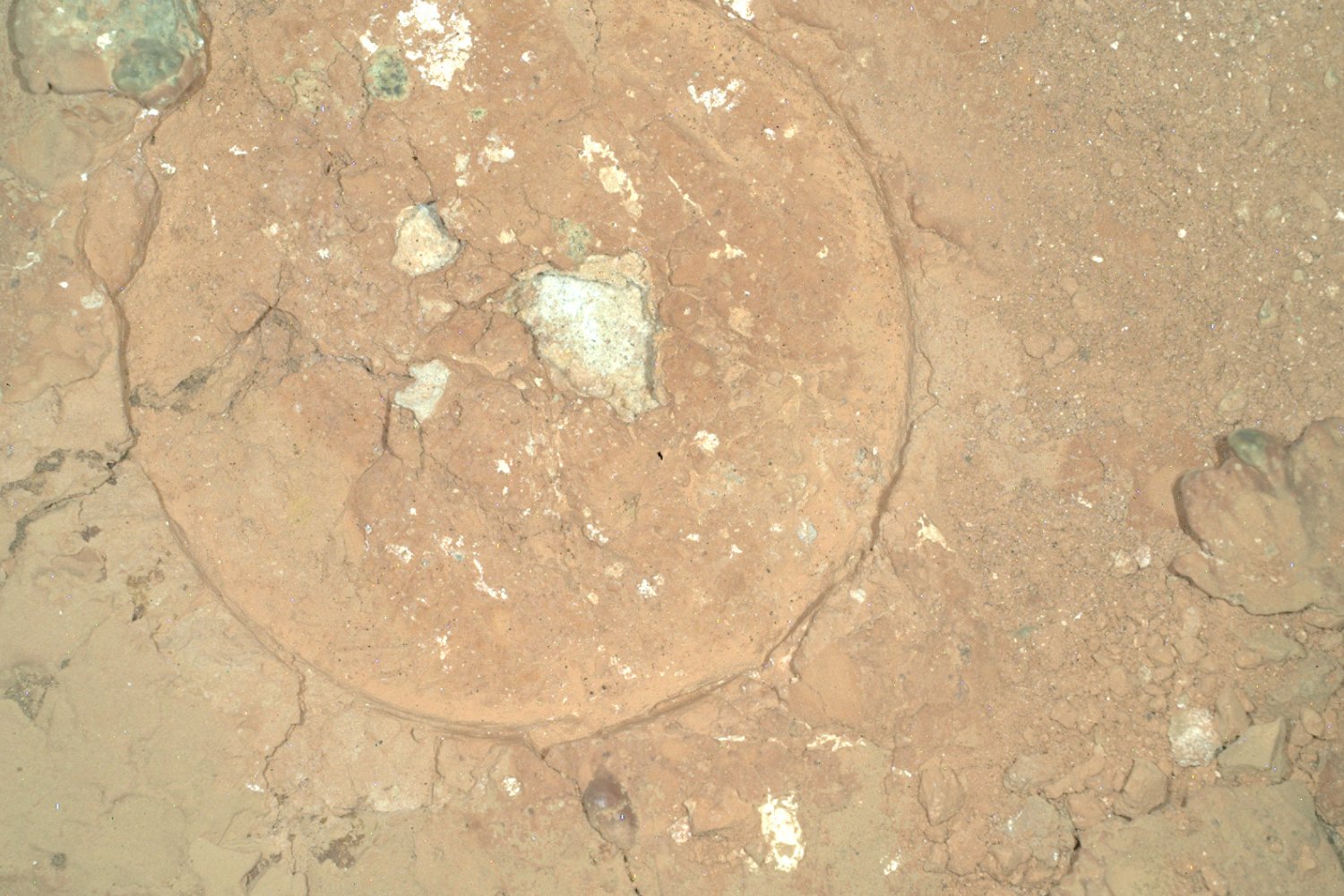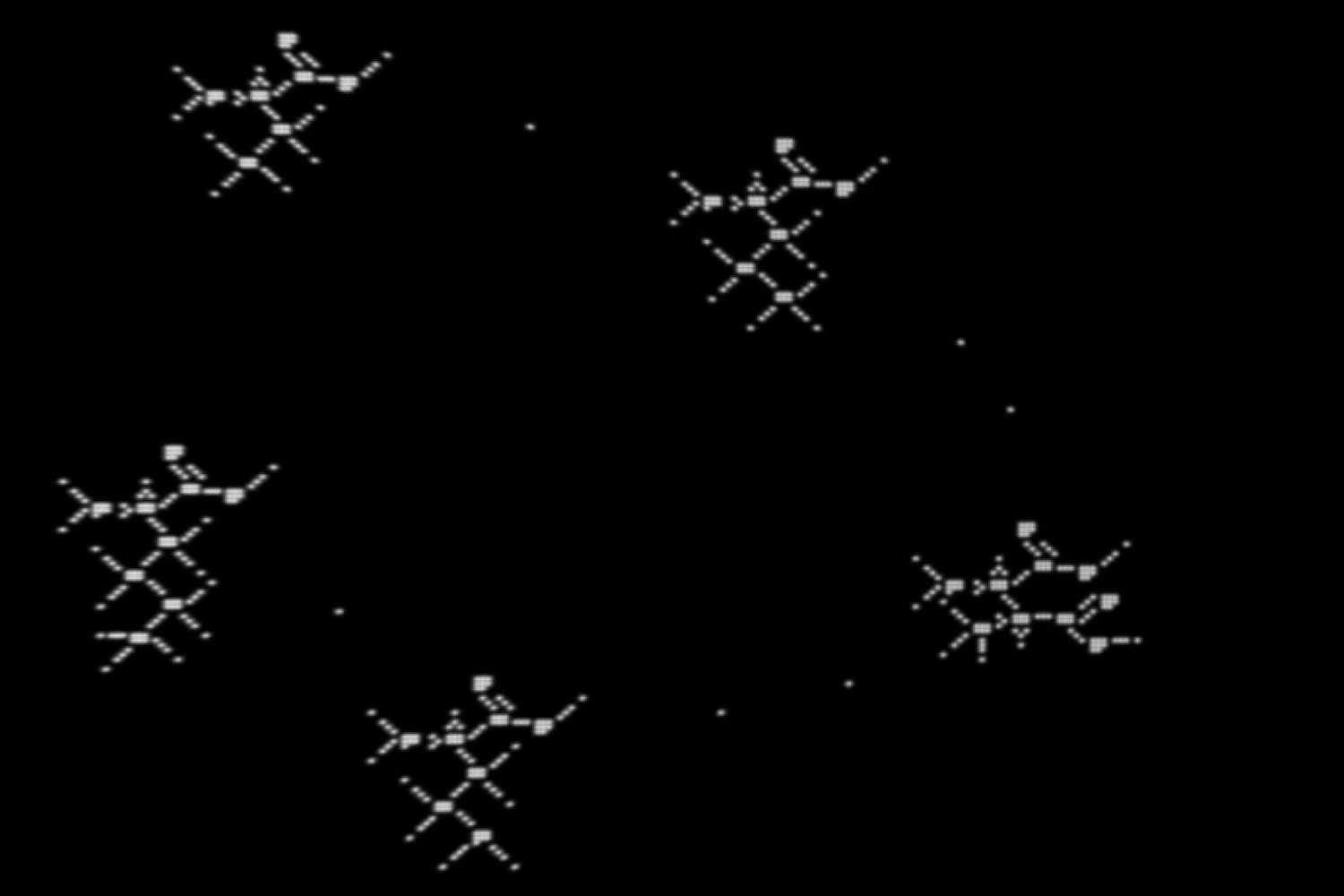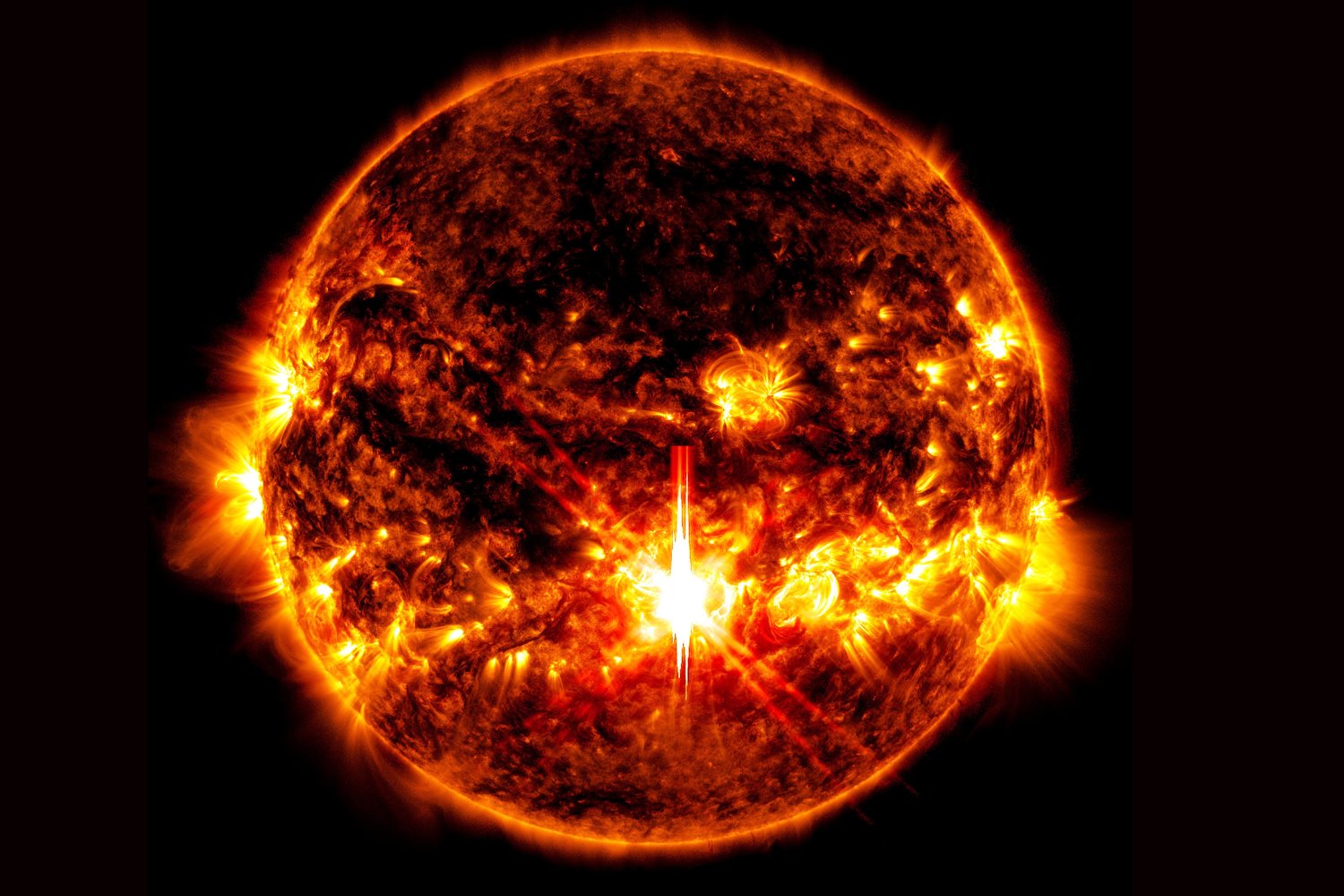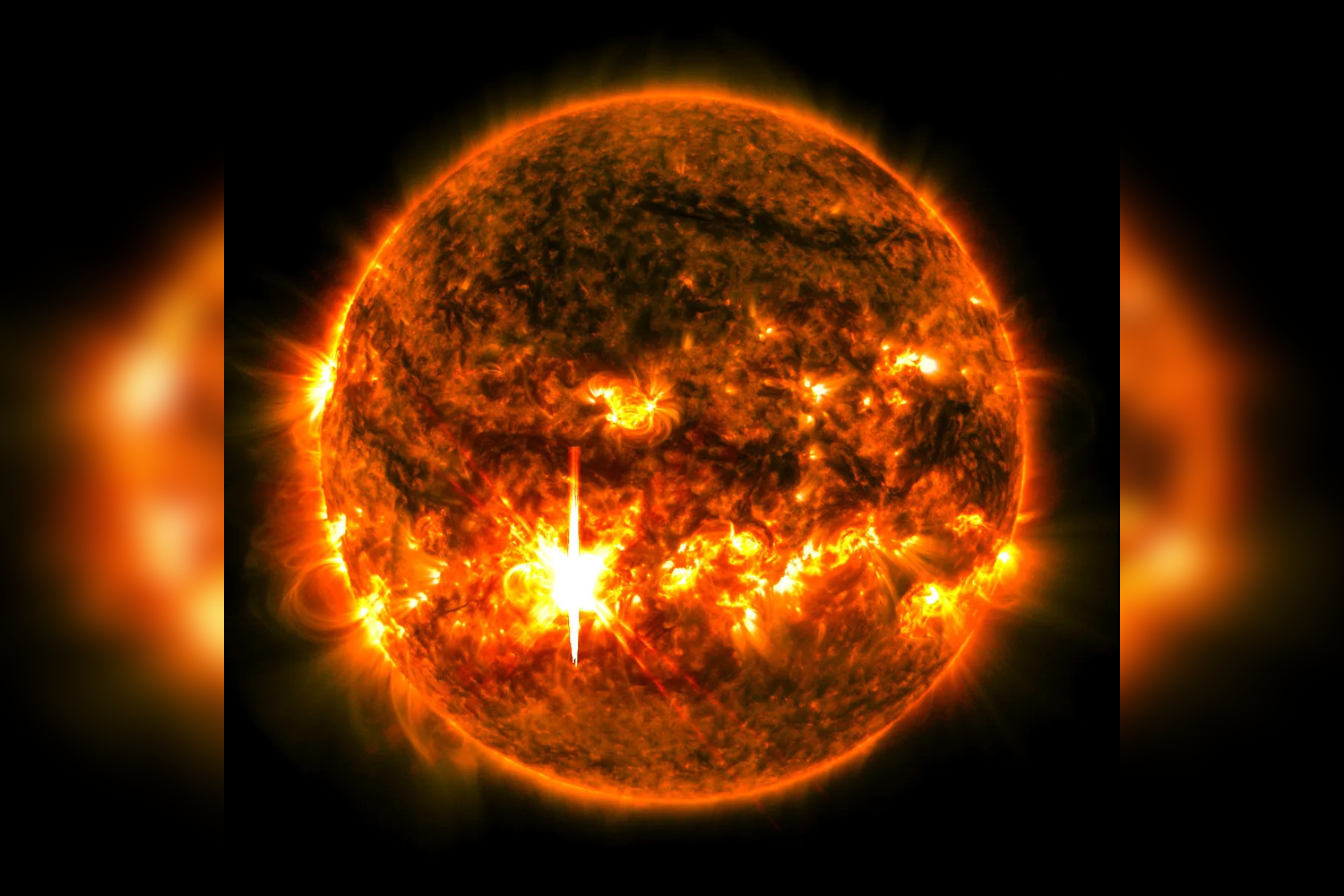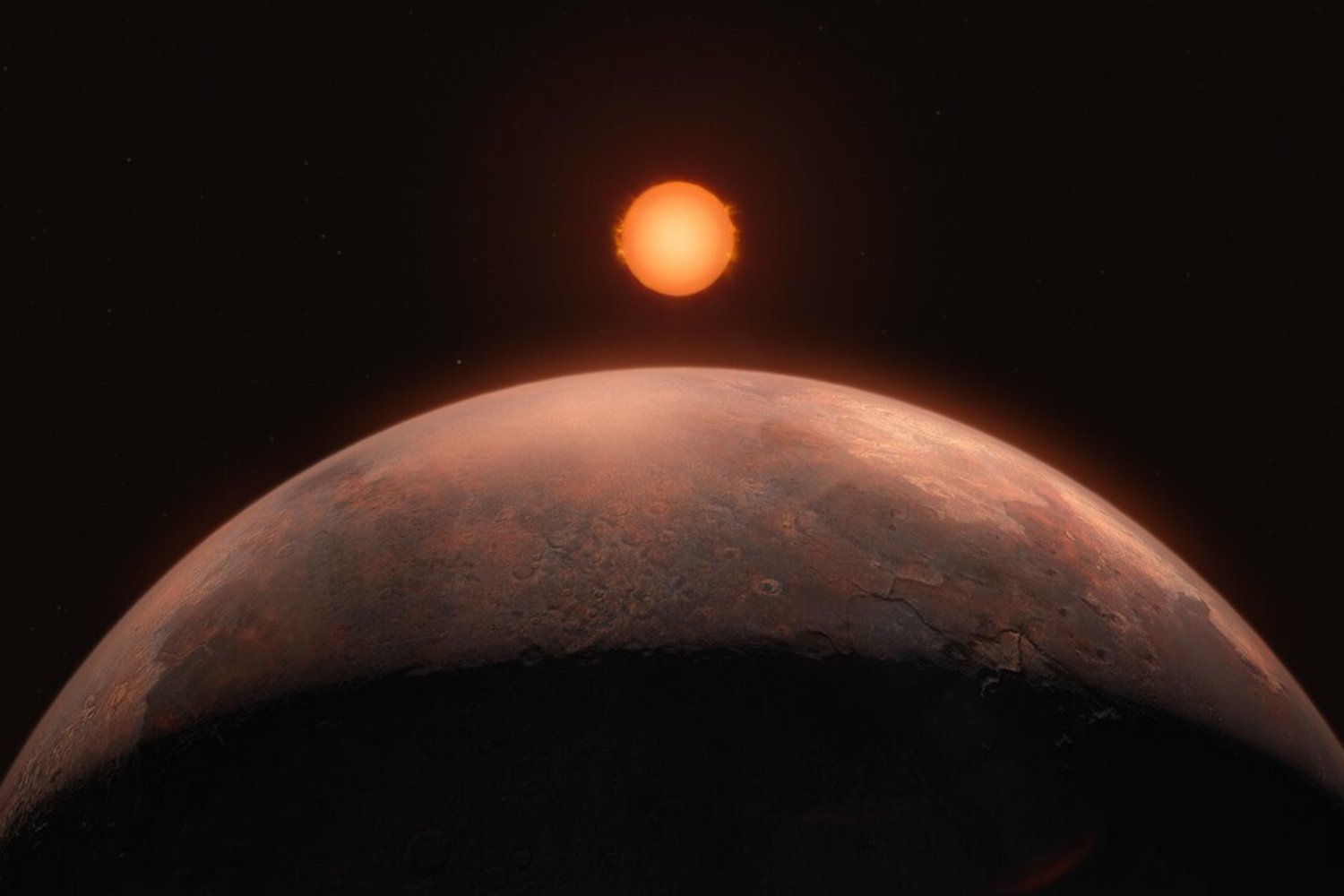The search for alien life just got a bit more complicated. Red dwarfs, young and dim stars thought by many astronomers to be the most likely hosts for life-sustaining planets, come with a significant drawback: They frequently emit deadly ultraviolet radiation flares, which are much more powerful than astronomers previously thought.
Astronomers analyzed solar flares from 300,000 Milky Way stars using data collected by the GALEX space telescope. In a study published in Monthly Notices of the Royal Astronomical Society, these researchers reported that ultraviolet emissions detected by the telescope between 2003 and 2013 were, on average, three times more energetic than previously assumed. In some cases, the flares reached up to 12 times that level.
“Few stars have been thought to generate enough UV radiation through flares to impact planet habitability. Our findings show that many more stars may have this capability,” said Vera Berger a graduate student researcher at Cambridge University, who led the study, in a statement.
Why red dwarfs are shooting out such powerful flares isn’t entirely clear. Jason Hinkle, Berger’s colleague, noted that red dwarfs are smaller and cooler than Earth’s Sun and emit less UV radiation outside of their flares. The team hypothesized that the unexpected intensity of these flares could be due to the concentration of UV radiation in narrow wavelengths, possibly caused by the presence of elements like carbon and nitrogen in the stars.
Whatever the cause, the flares would be a major hindrance to any possible life on nearby planets. UV radiation has an eroding effect on atmospheres, which, in turn, could inhibit the organic processes needed for life to form and thrive over long time scales.
The findings echo that of a 2020 paper that looked at Barnard’s Star, a 10 billion year old red dwarf located roughly six light years from Earth. The researchers determined that the star has a habit of belching out powerful UV flares that would have devastating effects on any planets in its habitable zone—the area around the star that is neither too hot, nor too cold to support life.
Red dwarfs account for roughly 75% of the known stars in the Milky Way. Because of how common they are, some astrobiologists have theorized that, if alien life is out there, the majority of it would be on planets in red dwarf systems. A paper published in 2013 posited that as many as 4.5 billion habitable planets could be circling small stars in our galaxy alone. Flares aside, that theory has taken a few hits; a study from the same year concluded that many red dwarf-adjacent exoplanets where life could theoretically thrive are being bombarded by deadly solar winds. Another from 2016 found that many of the planets in the stars’ habitable zones would actually be too hot for anything to survive.
Despite these setbacks, scientists released a list in 2020 of 24 exoplanets that could possibly be even better suited to sustaining life than Earth. That being said, if you’re feeling lonely and are hoping to make an adorably hideous alien friend, don’t try wishing on a star. Red dwarfs are relatively dim compared to our Sun, and none can be seen with the naked eye.

